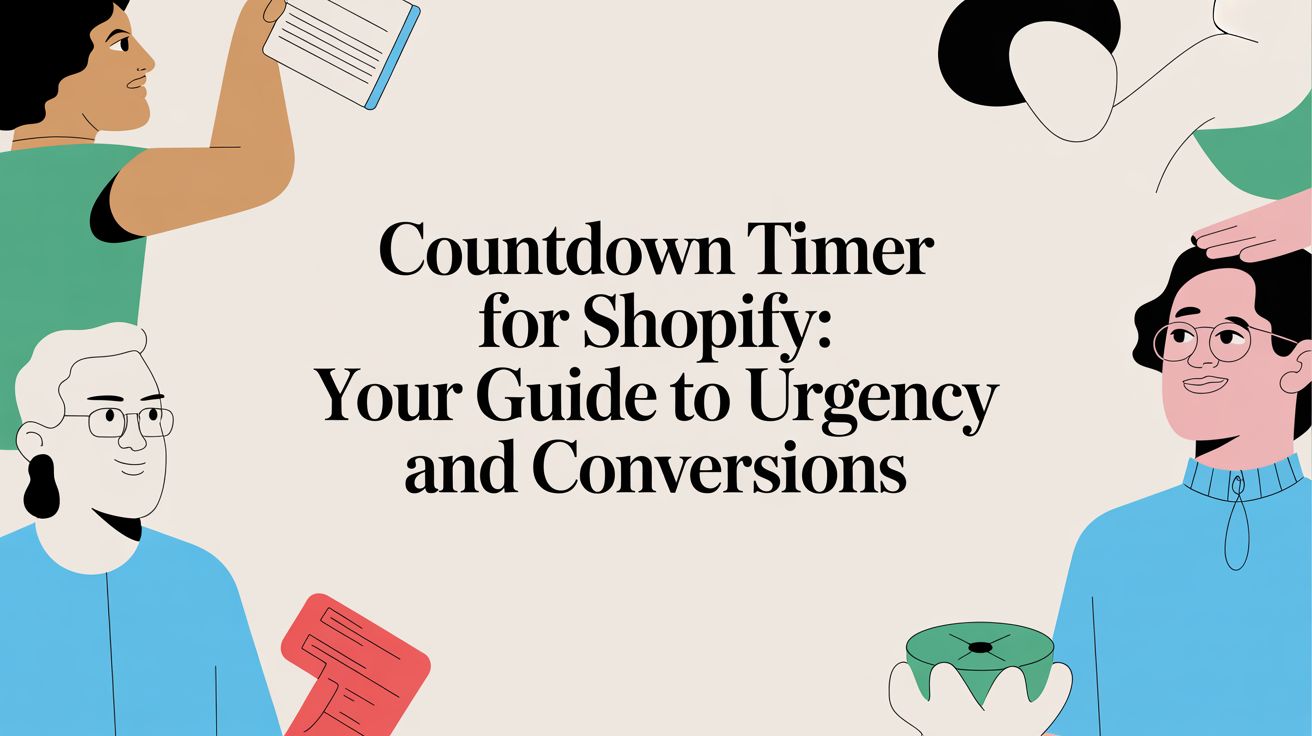
To delay or not to delay consumer gratification

Consumers hold the technology to have food, clothes and other needs delivered right to their front doorstep. They can also reach family members by text message, friends on social media and potential romantic partners on dating apps all with just a few taps on their smartphones.
All of this boils down to customers not only wanting, but expecting, instant gratification. But just because consumers think they want everything right now, does that actually translate to a satisfying experience when engaging with a brand?
A consumer gratification case study: Procuring a poodle puppy
Perhaps the most wholesome case study exists in the depths of the internet on a blog post titled “Instant gratification vs. the joy of anticipation.”
The author of the post, Pam Caruso, starts by explaining how her poodle, Kirby, passed away and that she’s ready to invest in a puppy. Not just any puppy. Specifically, a standard poodle.
Alas, there’s a moment Caruso and her husband need to decide if they want the puppy that's immediately available from the breeder or wait until the next litter of puppies becomes available.
“It was a tough decision, but we decided to wait,” she writes. “I am so glad we did!”
According to the research, this makes a lot of sense. One study out of the University of Missouri says: “Positive emotions were strongest before the purchase was made, as respondents thought about acquiring and using the product, or during the purchase experience itself.”
But why?
Caruso’s post details that she was able to make travel arrangements to pick her puppy up from a few states away. She found a veterinarian in her area and made an appointment. She signed her new dog up for puppy kindergarten, explaining she would attend a no-dogs-allowed introductory class before he got there.
“I’ve purchased and read puppy training books to refresh my knowledge,” she states. “This week I’m going to shop for some puppy supplies.”
Again, this checks out. Caruso’s experience parallels a study titled “Happiness is…looking forward to your vacation,” where researchers found that people’s imaginations created excitement and pleasure alone.
But the most self-aware part of the puppy post comes toward the end: “If we had taken the route of instant gratification, we might have missed out on all the fun anticipation.”
Caruso clearly knew the psychology behind anticipation, yet a lot of consumers may not be as cognizant of similar experiences.
As for brands trying to decide whether to delay or not delay gratification, there’s no question that both have a time and place in a world with modern technology. It’s just up to each marketer to figure out when’s the right time to leverage each within their specific audience.

Andrea Gonzales-Paul is a brand journalist at Quikly. Her background is in storytelling, specifically working in TV news and documentary filmmaking.

